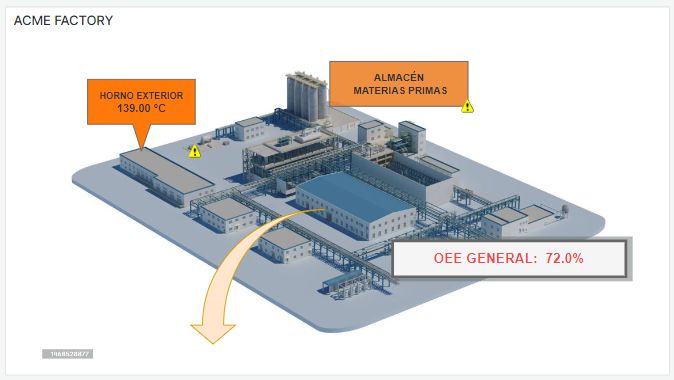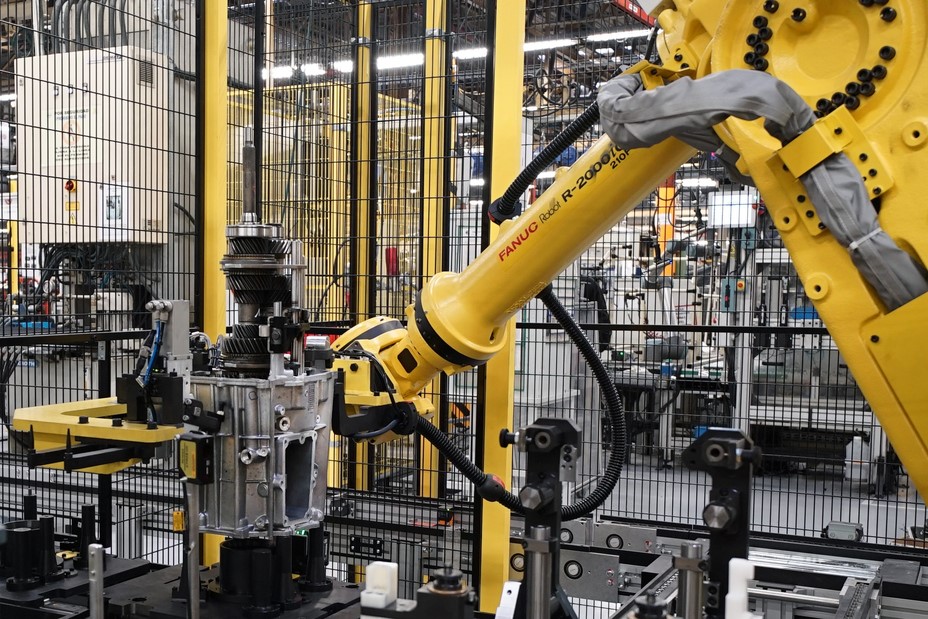
Industry 4.0: Digitalization in the Spanish industrial sector
April 21, 2018
Holiday Survival Guide
August 27, 2018

The real industry 4.0 for SMEs
The road to industry 4.0
The existence of 4 industrial revolutions is widely accepted. Each of these revolutions is determined by inventions and novelties that after being introduced in the factories, they greatly improved the production efficiency.
The 4 industrial revolutions and the main changes in the industry:
- 1st Industrial Revolution (1784) – Mechanization: steam machine, water power and mechanization.
- 2nd Industrial Revolution (1870) – Electricity: mass production, assembly line and electricity
- 3rd Industrial Revolution (1969) – Computing: Automation, technologies of the information and communication (TIC)
- 4th Industrial Revolution (today) – Digitalization: Internet of things, clouding, digital coordination, cyber physical systems and robotics
Industry 4.0
When we think about industry 4.0, images and ideas like following ones come to our mind:
These examples are obviously industry 4.0 (for big and medium companies), including many of these elements: connected smart factory, autonomous robots, collaborative robotics, artificial intelligence, lots of sensors and above all system to control and monitor globally a factory. But, are the small and medium companies ready to face changes of this magnitude?

“Drone Taxi” Dubai, sheikh Hamdan bin Mohammed

100% robotic Tesla factory
The real Industry 4.0
When we think about small and even medium companies, we find a really different reality and very far from the industry 4.0. And it is relatively common to find images like next ones:
We can see that there are many tasks that they are not yet automated, tedious and repetitive works that are still being made by people instead of robots. We still finding many data recording which is completely manual, work sheets that are filled by factory workers, installations without any kind of control, etc.
In these situations, the need for digitalization in many SMEs is clear, but we can even ask ourselves… Have these companies completely reached industry 3.0?



The challenges of SMEs in the industry 4.0
It is clear that in many of these situations the SMEs are far from industry 4.0. Something showed in reports like the one made by Eaton. In its report, it is indicated that, in industry, SMEs are the companies that risk the most with the transition to industry 4.0. SMEs have to define their own strategies to adopt these new technologies in the best possible way to sure a satisfactory return on investment in the short term.
Reports like the one of Eaton also indicate that as a first step it is fundamental to obtain all the information we have in our factories in order to perform a detailed analysis of the most susceptible procedures to be improved. And also in order to define steps to innovation.
In addition, SMEs are experimenting how their clients demand more and more detailed information about the machine parameters and procedures. And its main goal is to achieve greater productivity and greater efficiency.
Monitoring the way to industry 4.0
We have seen that SMEs need industry 4.0, we have seen that SMEs are usually far from industry 4.0, and we have also seen that as first step they need to recover data from their factories and they have to be able to analyze that data.
In this way, monitoring is a fundamental element for digital transformation of the factories.
The great advantage of monitoring in the transformation towards the industry 4.0 is that it allows:
- Automate data recording
- Replace the recording of information in papers
- Achieve useful information from all the data recorded
- Analyze all the information
- Visualize the conclusions in a personalized way.

CTO & TECHNICAL DIRECTOR
Expert in industrial monitoring and data analytics.
We tell you how to improve decision-making and production efficiency in your plant, without wasting time generating reports. Your plant at a glance!
Subscribe to our Newsletter




